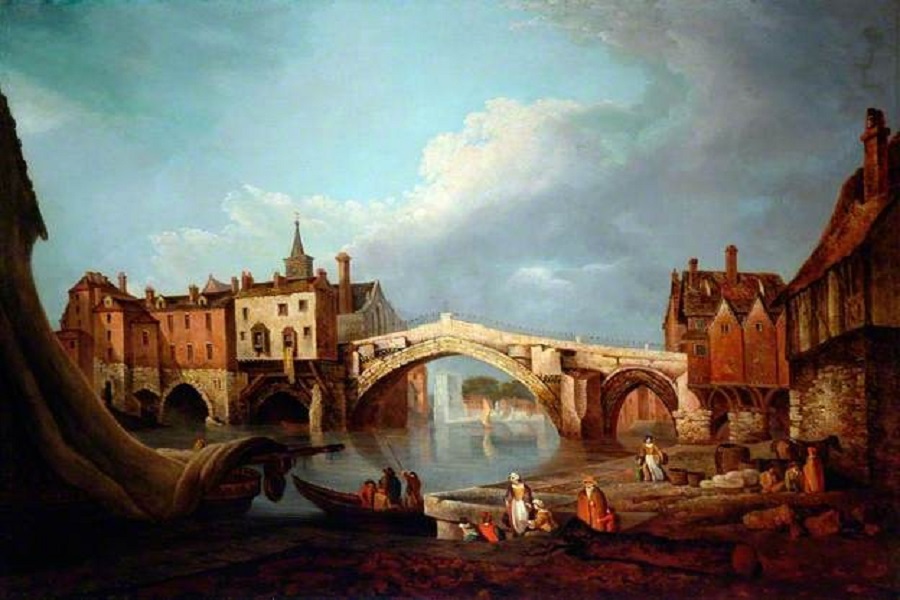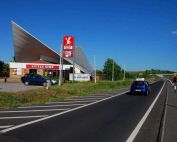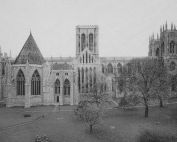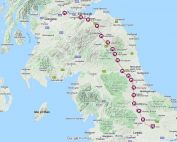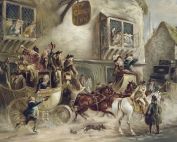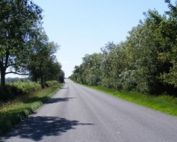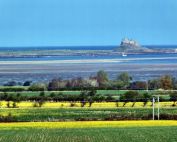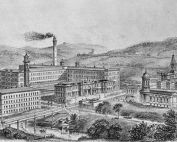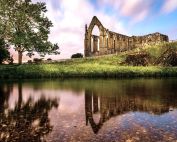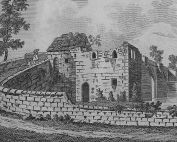York and the Great North Road
The first recorded stage coach service from London to York was in 1658. York was then the “terminus” of the Great North Road. Later York was often by-passed by those coaches seeking the most direct route from Doncaster to Northallerton and beyond – via the westerly route through Wetherby and Boroughbridge. This has now become the route of the current A1.
The Great North Road into York from Doncaster approaches from the south-west, skirting the Knavesmire and entering the walled city via Micklegate. It is said that all the monarchs of England, except Henry VIII, have used this gate to enter the city from the south. Henry, apparently, instead entered via Walmgate Bar, the only one of the four main gateways to retain its defensive barbican.
The route of the the Great North Road exits northwards via Bootham Bar.
About York
York is one of England’s finest and most beautiful historic cities. The Romans knew it as Eboracum. To the Saxons it was Eoforwick. The Vikings, who came as invaders but then settled, called it Jorvik. Its more recent history also characterises the city – its Minster and medieval architecture and city walls, its Georgian town houses, and its unique Victorian railway station.
Through much of recorded history York has been a centre of power and influence across northern England. Even today with a population of only 200,000 it is the administrative centre of by far the largest county in England. This role has been closely associated with its strategic position within the low lying north-south corridor between the Pennines and the North York Moors.
The Roman city was founded in 71 AD, when the Ninth Legion conquered the Brigantes and constructed a fortress on flat ground above the River Ouse close to its confluence with the River Foss. This site now lies beneath the mighty York Minster. Ermine Street provided the route south to London. Dere Street the route north to Corbridge and Hadrians Wall.
In 866 the “Great Heathen Army” led by Ivar the Boneless moved north from its foothold in East Anglia – effectively travelling up our Great North Road. The city was taken, and over coming years the Kingdom of York (or Jórvík) was consolidated – encompassing much of what we know as Yorkshire and Lancashire.
Even before this time York had become an important ecclesiastical centre – along with Canterbury one of two archbishoprics in England. There were prolonged disputes between the 11th and 14th centuries as to whether York or Canterbury could claim supremacy.
The 16th century Ouse Bridge illustrated above (incorporating houses and a chapel) was described by Defoe as:
“…near 70 foot in diameter; it is, without exception, the greatest in England, some say it’s as large as the Rialto at Venice, though I think not.”
This bridge was replaced in 1820.
The shape of the current city reflects periods of great economic success. During medieval times York was a major trading centre with merchants exporting wool and cloth – whilst importing wine, wax, oats, timber and furs from continental Europe. During the industrial revolution York escaped being over-run by smoke-stack industry – but prospered as a major railway city, and as the centre for a number of Quaker confectionery businesses including Rowntrees and Terrys.
Explore York
The images below provide links to additional information either on this website or elsewhere.
York Then and Now
The south entrance through Micklegate Bar in 1782 – and more recently.

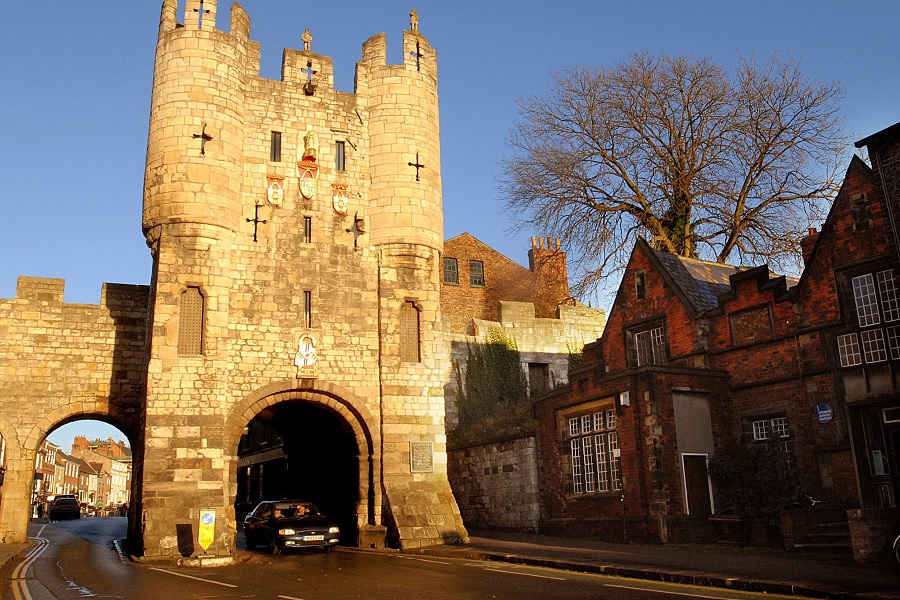
Markham Moor – Service Station
Few 20th century landmarks along the Great North Road are as distinctive as the concrete roofline of the former petrol filling station at Markham...
York Minster
York Minster history spans two millennia and provides direct linkage from Roman times to the present. Its history parallels that of the Great North Road...
Dere Street
Dere Street is the name generally used to describe the Roman road leading from York to the Firth of Forth. It was constructed by the military to secure the colonisation...
York Coaching Inns
York coaching inns flourished and had a major impact on the economic fortunes of the city for 200 years. The high point was after the road improvements associated...
Ermine Street
The southern section of Ermine Street aligns closely with the Old North Road, merging with Great North Road near Godmanchester, before heading eastwards.....
Lindisfarne
The Holy Island of Lindisfarne lies 4 miles from the Great North Road between Berwick and Newcastle. The Northumberland coast is magnificent, and Lindisfarne is...
River Aire
The coaches of the Great North Road and todays vehicles on the A1 cross the River Aire at Ferrybridge. The Roman crossing was further west, by ford across the...
River Wharfe
The river flows for 65 miles before joining the River Ouse. Its source is in the centre of the Yorkshire Dales National Park - where Oughtershaw Beck and...
River Don
The Yorkshire Don is not to be confused with its more photogenic namesake near Aberdeen. That said, de-industrialisation and concerted efforts by environmental groups...
River Swale
The Swale is crossed by the Great North Road at Catterick Bridge. The old bridge dates from the 1420s and was the primary crossing until the A1 was upgraded in...

